Cycling challenges come and go but riding 100 miles (161km) remains a symbolic feat.
A century ride is considered a cyclist’s right of passage for good reason.
Pedalling a distance that takes hours in a car delivers a dopamine hit. Nudging the mile count into three figures satisfies an innate desire for neatness.
But not even the fittest rider can set out on a 100-mile route without forethought. Conquering a century requires preparation, planning and a big effort on the day.
Our guide to riding 100 miles or further will help you accomplish your goal and look back fondly on the experience in years to come.
Who knows, maybe you’ll catch the ultra-endurance cycling bug in the process.
Plan the right route
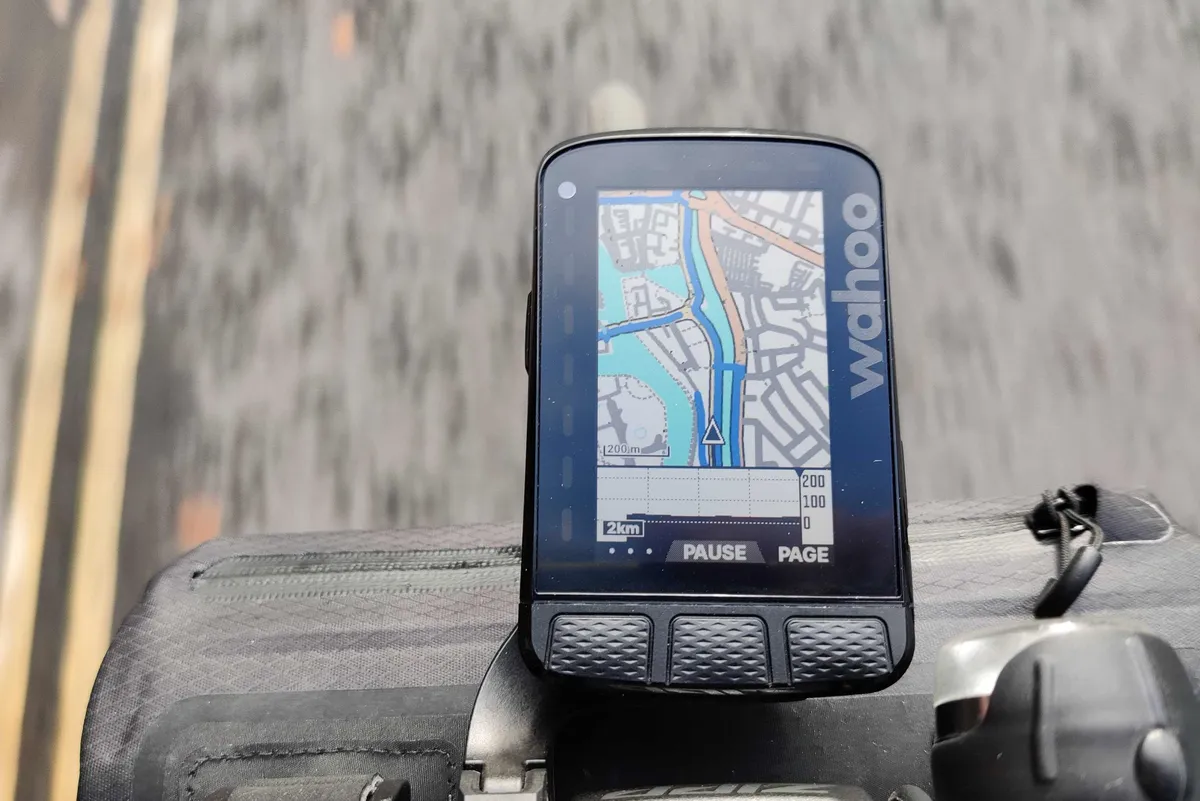
Riding 100 miles is hard enough without accumulating thousands of metres or feet of elevation gain.
A flatter route is advisable for your first century. That said, the odd climb can add interest and boost your sense of satisfaction.
Find the balance between faster and quieter roads, and get out the paper maps or use route planning cycling apps, such as Strava or Komoot.
Spending all your time on major roads will be fast, although not that enjoyable or safe with traffic whizzing past.
Your progress will be slower on winding lanes, which are often poorly surfaced, so you won’t want to ride exclusively on these either.
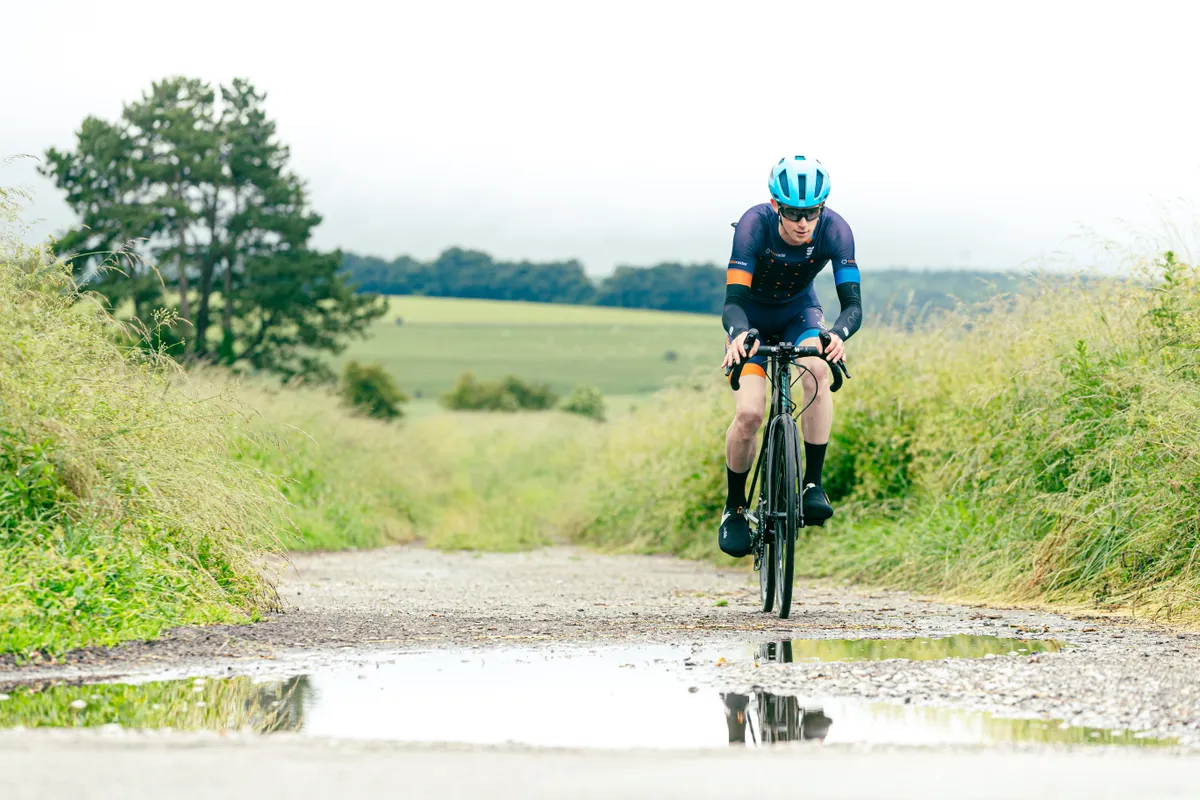
Don’t head too far off the beaten track when you ride your first 100 miles. Consider a bailout option, such as a railway station, that will enable you to get home if your legs or bike pack up.
You’ll need to pass through some form of civilisation anyway to refill your bottles and energy stores if you’re not carrying all your food.
In fact, riding from cafe to cafe is a time-tested way of covering long distances on two wheels. It’s how many audax routes are structured.
You could trust in other people’s route planning, by borrowing an established loop from more experienced club mates or entering an organised ride such as a sportive.
Prepare yourself
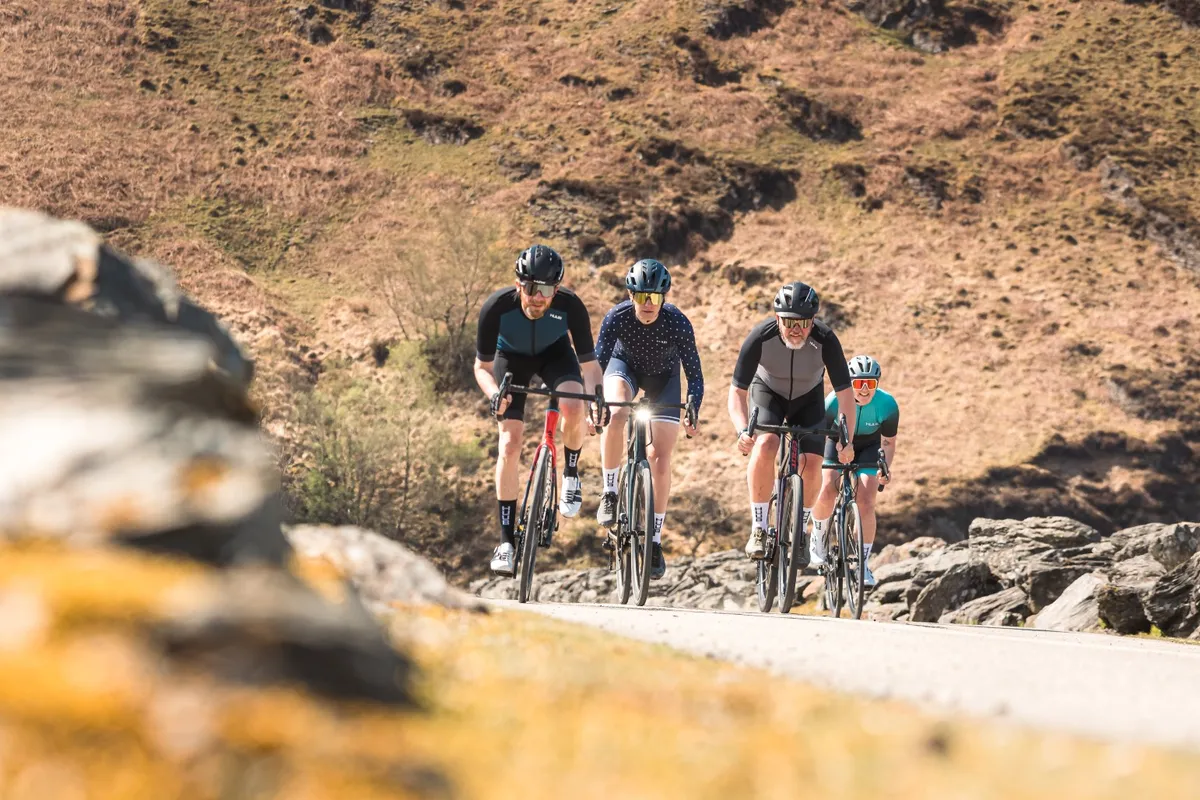
Once your route is sketched out and uploaded to your bike computer, it’s time to prepare your body for its demands.
Your training plan should help you meet the demands of the route.
If you’ve chosen a spring or summer date, your winter training should include base training. These long, steady miles will boost your cycling endurance for the big outing.
Although most of us will opt to conquer a century outdoors, the benefits of indoor cycling could make a smart bike a valuable part of your preparation at any time of the year.
Turbo trainer workouts on indoor cycling apps are an efficient way to raise your Functional Threshold Power and VO2 Max.
Better top-end fitness means a higher average speed and less time in the saddle on a century ride.
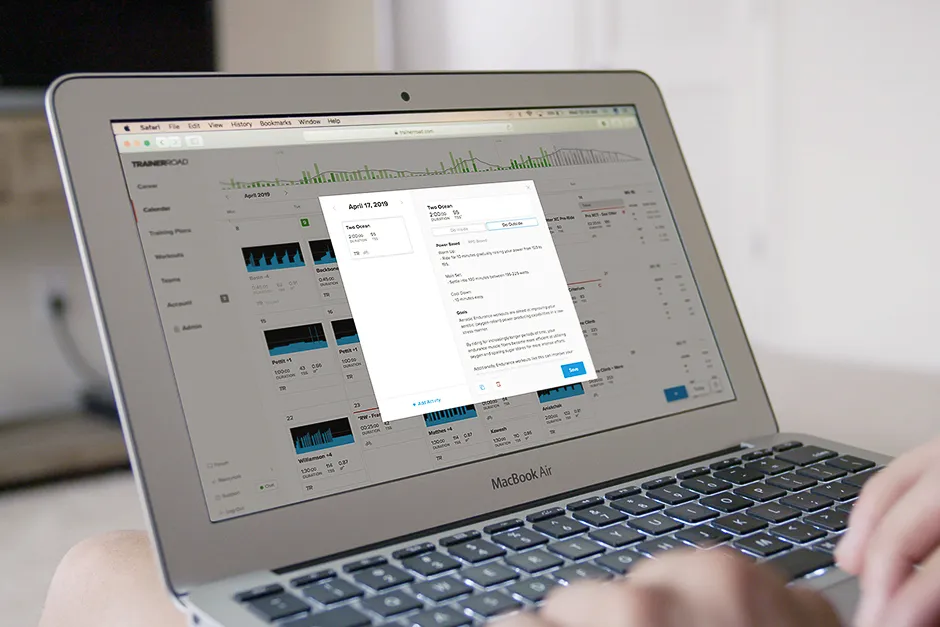
Zwift, Wahoo X and TrainerRoad, for example, enable you to create a training programme specific to your goals while addressing your strengths and weaknesses.
The workouts can be done on the best smart trainers or on the road.
You should maintain a mix of indoor and outdoor cycling training to learn how to descend safely and adopt a more aerodynamic position on the bike.
In the latter stages of your training, you should ride a significant chunk of your goal distance at or above your target pace.
This dress rehearsal should be far enough in advance of the real thing so as not to compromise your performance on the day.
Think big
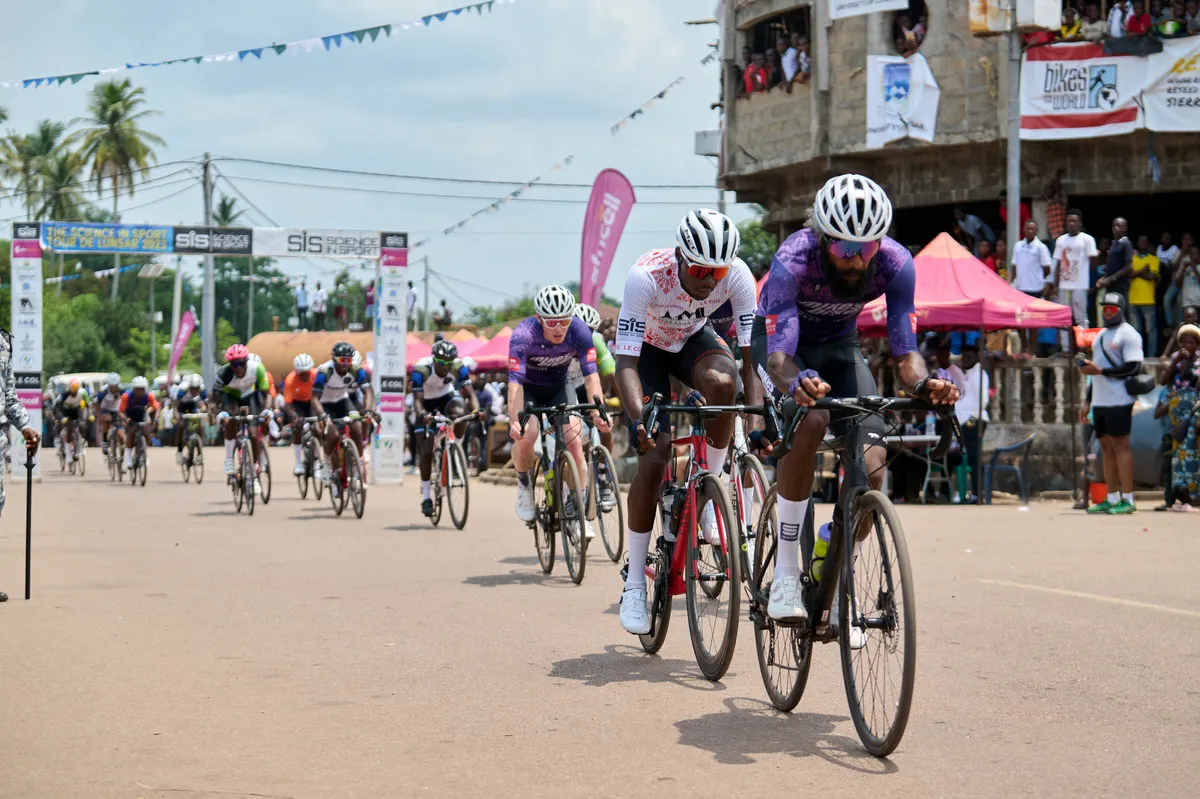
As well as the physical form, you’ll need the willpower to push yourself further than you have before.
Having a clear reason in mind to ride so far will provide motivation when the going gets tough – and it will do.
This is why riding in a group is an excellent way to tick off 100 miles. If you begin to struggle, your riding pals can shelter you from the wind and dispense encouragement.
Get your bike in order
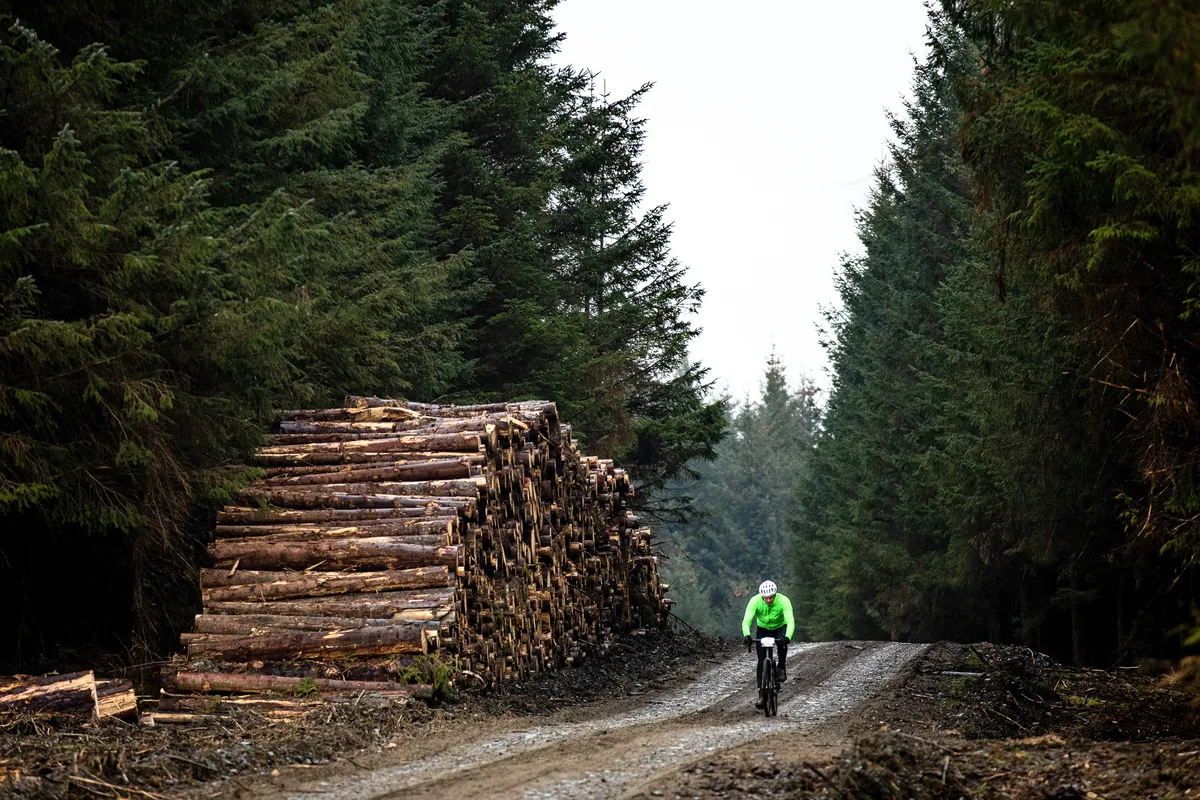
You can ride your first century on any bike and surface, but we’d recommend a road bike on tarmac. An off-road century on a gravel bike or mountain bike is a more arduous task.
Specifically, the best endurance road bikes will enable you to cover the distance reasonably quickly and comfortably.
You can adapt your existing bike for long-distance cycling with a few cheap bike upgrades or free adjustments.
Swap in a wider-range cassette to give you easier climbing gears. Opt for the best road bike tyres you can afford to reduce rolling resistance and improve comfort.
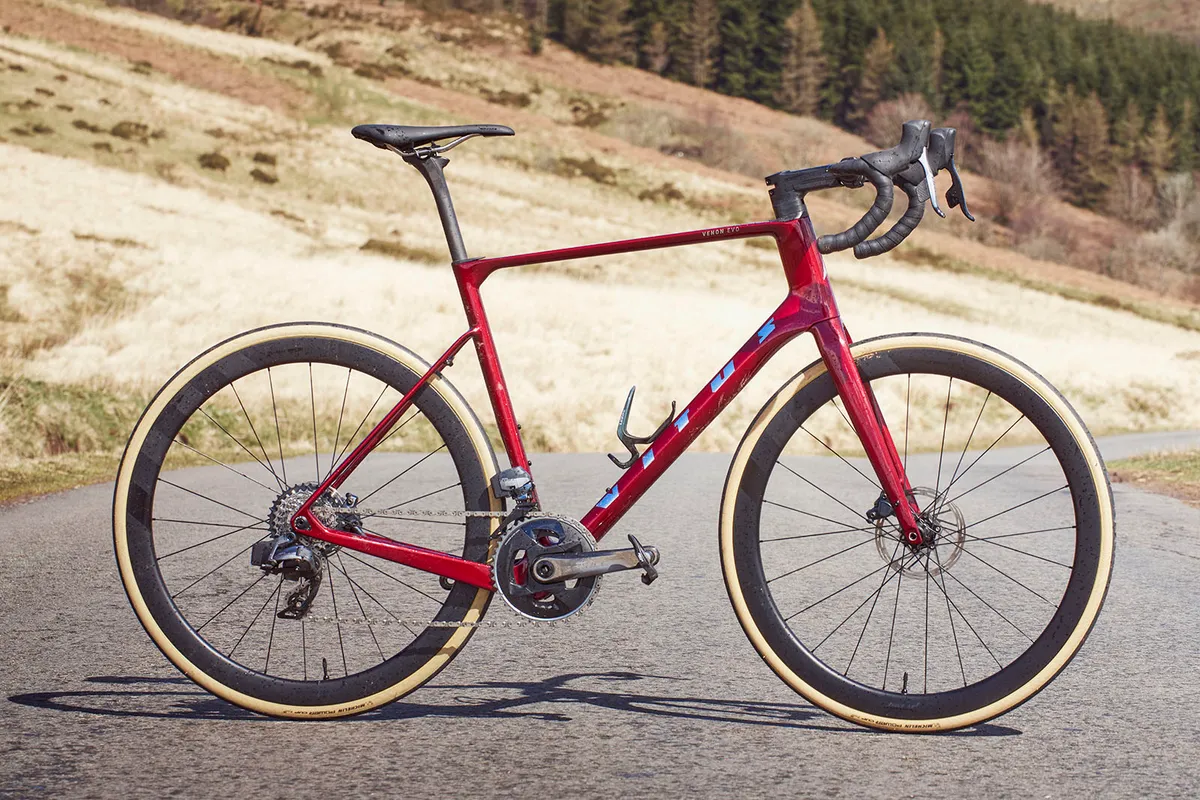
A relatively relaxed road bike position offers the best balance of comfort and speed for beginners.
Positioning issues lead to the most common kinds of pain caused by cycling. Make sure you know how to get your bike saddle height right and adjust your handlebar height, or consider having a professional bike fit.
Being seated on the best bike saddle for you in a pair of the best bib shorts is essential to posterior comfort.
In the run-up to your century ride, safety check your bike or have it serviced by a professional bike mechanic.
Look out for signs of wear to your drivetrain and rim or disc brake pads then replace them if they need changing.
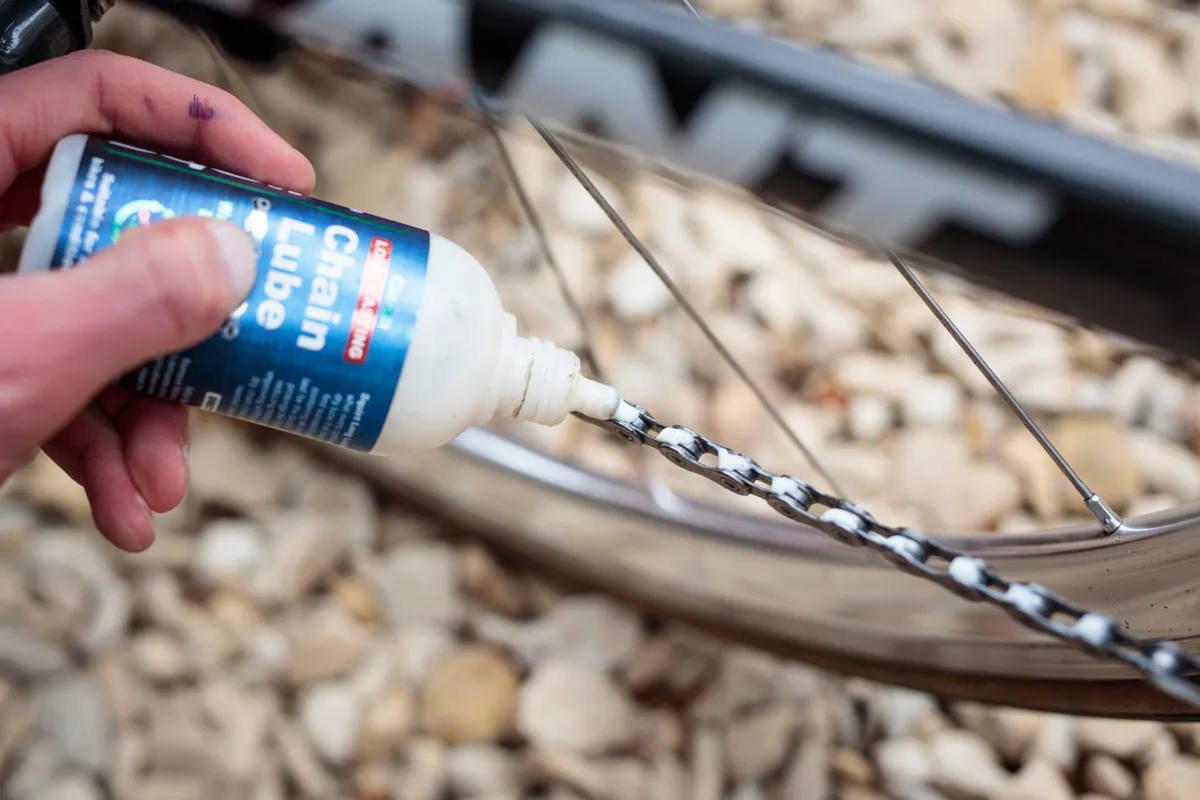
Clean your bike chain and apply one of the best chain lubes at least the night before your ride.
Long rides quickly become miserable once your back and bum are soaked. So, unless you live someone bone dry, we’d suggest fitting mudguards or fenders in case the weather turns.
On really long rides, you might need a pannier rack and bags to carry your gear.
Bikepacking bags, such as a handlebar bag, to hold snacks and a saddle bag to hold spares to fix a puncture will probably suffice for 100 miles.
Fuel for success
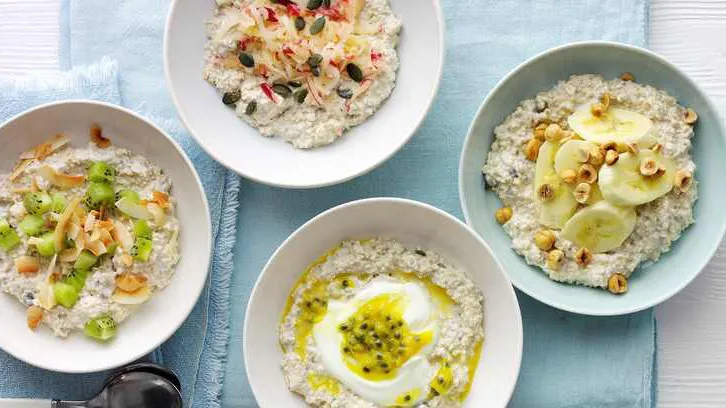
Much myth and hearsay surrounds long-distance cycling nutrition. Some successful (and less successful) riders advocate the precise opposite of established sports science norms.
What to eat and drink on a century ride is personal to an extent, but there are general rules to follow.
Your principal fuel source on long, low-intensity rides is your body’s near-unlimited fat sources, followed by its finite carbohydrate supply in blood glucose and muscle glycogen.
Therefore, you need to consume regular amounts of carbohydrate from food and drink to maintain glycogen stores and avoid bonking on your bike ride.
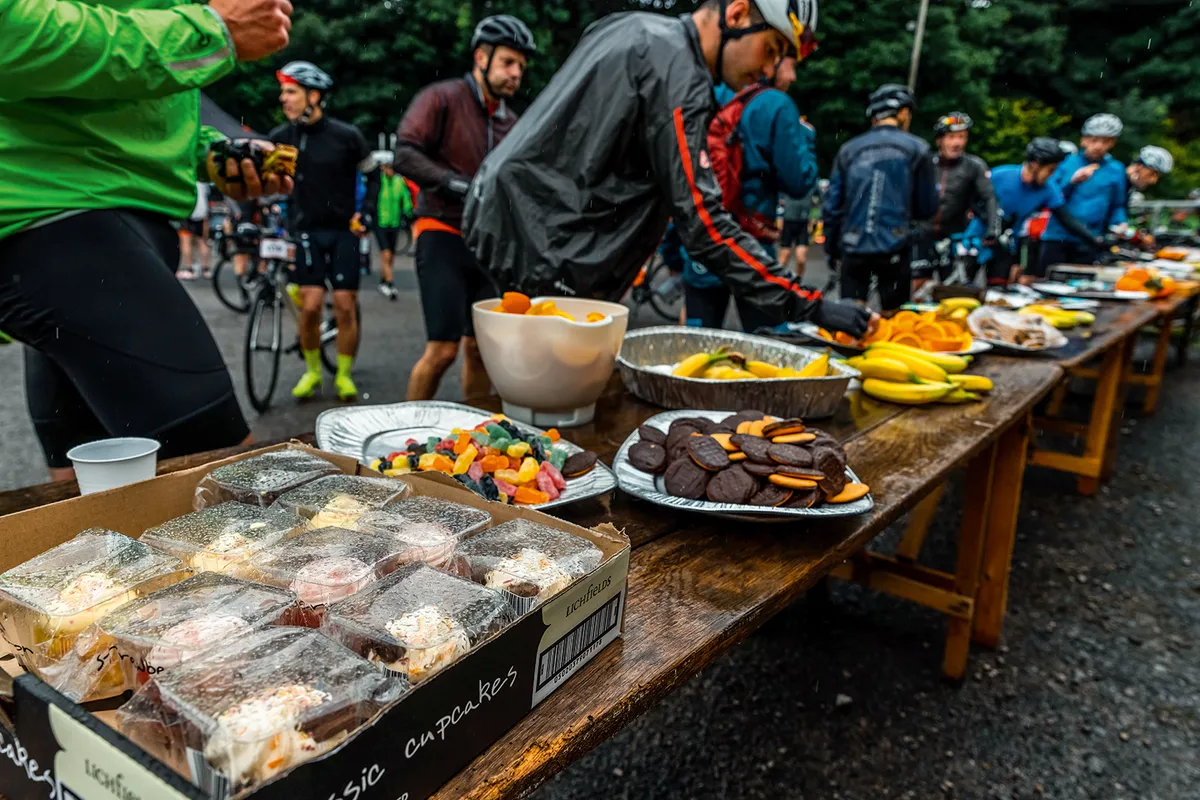
A sensible hourly target is 30g to 60g, which equates to either one or two energy bars, energy gels or bananas. A bottle of energy drink does the trick too.
You could make your own energy bars to save money. Many mile-munchers swear by 'real food' but things such as cheese sandwiches and pork pies contain lots of fat and protein.
You don’t really need these macronutrients on bike rides and they’re much harder to digest than simple carbohydrates. Therefore, 'real food' could increase your risk of gastric issues.
The answer is to trial event-day nutrition in training to prepare your gut to consume large amounts of carbs and see which foods work for you.
Also, try to find out your favourite pre-ride breakfast so you start out fully carb-fuelled.
Afterwards, you should consider using a cycling recovery drink if you can't or don't feel like eating straight away.

